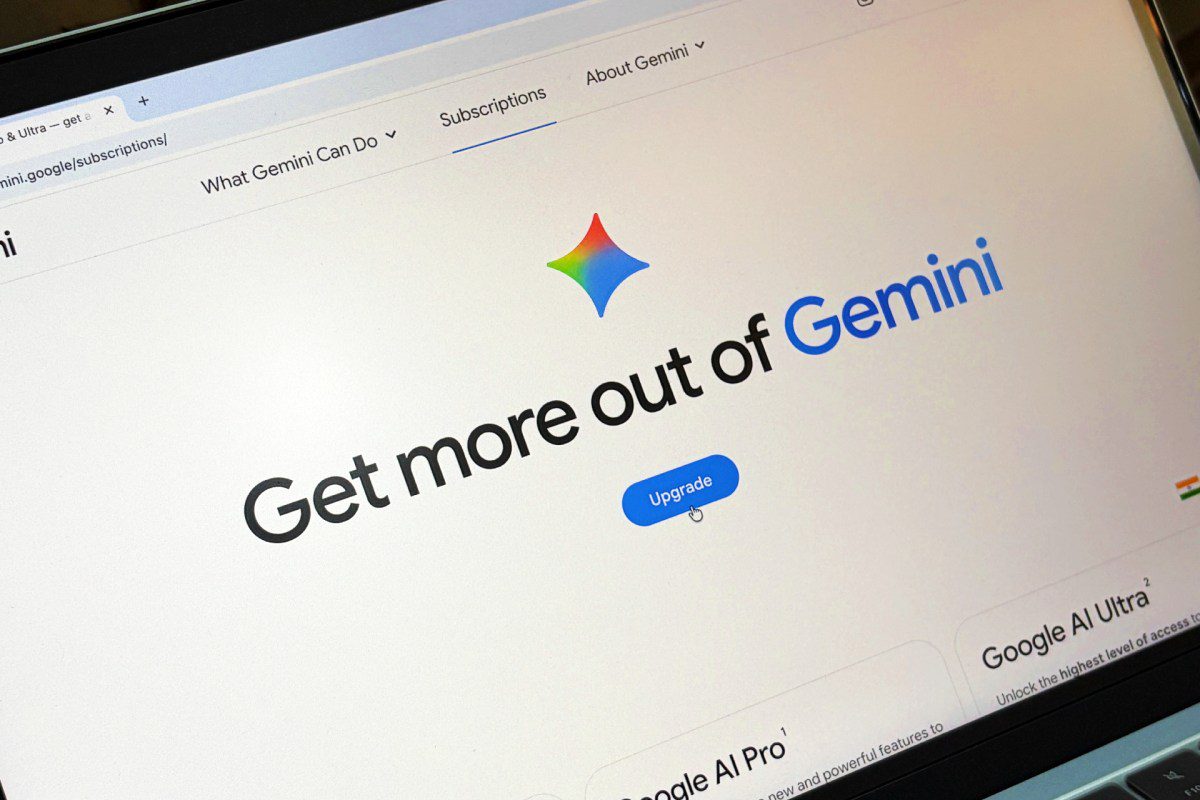figma acquires ai-powered media generation company weavy Figma has announced its acquisition of Weavy, an AI-powered media generation company, marking a significant step in enhancing its design capabilities.
figma acquires ai-powered media generation company weavy
Overview of the Acquisition
Figma, a leading collaborative interface design platform, has acquired Weavy, a company specializing in AI-driven media generation. This acquisition is expected to bolster Figma’s offerings by integrating advanced media generation capabilities into its existing suite of design tools. Weavy will initially operate as a stand-alone product, but plans are in place for its eventual integration into the Figma Weave brand, which is part of Figma’s broader strategy to enhance user experience and streamline design workflows.
What Weavy Brings to the Table
Weavy has developed a reputation for its innovative approach to media generation, utilizing artificial intelligence to create high-quality images, videos, and other media assets. This technology allows designers to generate content quickly and efficiently, reducing the time spent on manual tasks. The integration of Weavy’s capabilities into Figma’s platform is expected to provide users with powerful tools for creating and managing media assets within their design projects.
- AI-Driven Media Generation: Weavy’s technology leverages machine learning algorithms to produce media content that can be customized based on user input, enabling designers to create unique assets tailored to their specific needs.
- Streamlined Workflows: By incorporating Weavy’s tools into Figma, users will be able to access a more seamless workflow, allowing for quicker iterations and enhanced collaboration among team members.
- Enhanced Collaboration: The integration is expected to foster better collaboration between designers and other stakeholders, as media assets can be generated and shared in real-time.
Strategic Implications for Figma
This acquisition aligns with Figma’s ongoing strategy to enhance its platform and maintain its competitive edge in the design software market. By integrating Weavy’s AI capabilities, Figma aims to provide a more comprehensive solution for designers, addressing the growing demand for efficient media generation tools.
Market Context
The design software market has become increasingly competitive, with various players vying for dominance. Figma has established itself as a leader in collaborative design, but the need for advanced media generation tools has become more pronounced as teams seek to streamline their workflows and improve productivity. The acquisition of Weavy positions Figma to better meet these demands and respond to the evolving needs of its user base.
Potential Challenges
While the acquisition presents numerous opportunities, it also comes with challenges. Integrating Weavy’s technology into Figma’s existing platform will require careful planning and execution to ensure a smooth transition for users. Additionally, Figma must navigate potential resistance from users who may be accustomed to the current workflow and may need time to adapt to the new tools and features.
Stakeholder Reactions
The acquisition has garnered attention from various stakeholders within the design community. Many designers and industry experts have expressed excitement about the potential benefits of integrating AI-driven media generation into Figma’s platform. The ability to generate high-quality media assets quickly is seen as a game-changer for design workflows.
Designer Perspectives
Designers have long sought tools that can help them save time and enhance creativity. The integration of Weavy’s technology is viewed as a significant step in this direction. Many designers believe that AI-generated media can complement their creative processes, allowing them to focus on higher-level design tasks while automating repetitive aspects of content creation.
Industry Experts Weigh In
Industry analysts have noted that this acquisition reflects a broader trend in the design software market, where companies are increasingly looking to incorporate AI capabilities into their products. The move is seen as a strategic response to the growing demand for automation and efficiency in design workflows. Experts suggest that Figma’s acquisition of Weavy could set a precedent for other design software companies to follow suit, leading to a more competitive landscape.
Future Prospects for Figma and Weavy
Looking ahead, the future of Figma and Weavy appears promising. As Figma continues to integrate Weavy’s technology, users can expect to see new features and enhancements that will further streamline their design processes. The potential for collaboration between the two companies may also lead to innovative solutions that push the boundaries of what is possible in design.
Integration Plans
Figma has indicated that it plans to integrate Weavy’s capabilities into the Figma Weave brand in the future. This integration will likely involve the development of new tools and features that leverage Weavy’s AI technology, providing users with an even more robust design platform. The timeline for this integration remains unclear, but Figma has committed to ensuring that the transition is smooth and user-friendly.
Long-Term Vision
Figma’s long-term vision appears to focus on creating a comprehensive design ecosystem that not only facilitates collaboration but also enhances creativity through the use of advanced technology. By acquiring Weavy, Figma is positioning itself to lead the charge in the next generation of design tools, where AI plays a central role in the creative process.
Conclusion
The acquisition of Weavy by Figma marks a significant milestone in the evolution of design software. By integrating AI-powered media generation capabilities, Figma is poised to enhance its platform and provide users with powerful tools for creating and managing media assets. As the design landscape continues to evolve, this acquisition reflects Figma’s commitment to innovation and its dedication to meeting the needs of its users.
Source: Original report
Was this helpful?
Last Modified: October 31, 2025 at 7:38 am
2 views















